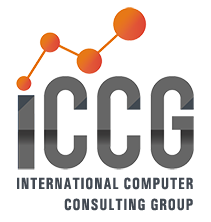Regardless of size or industry, asset-intensive organizations are always looking to do more with less. For a food and beverage manufacturer that means finding ways to extend asset life to minimize costs, improve food and worker safety and reduce waste while performing the right maintenance on the right equipment, at the right moment to avoid downtime.
Some businesses have been making do and getting by with asset management strategies that sell them short, driving up the cost of maintenance labor and materials and increasing the risk that critical assets will be down when they’re most urgently needed. The scene has been shifting over the past several years, with Enterprise Asset Management (EAM) offering greater visibility and sophistication for maintenance operations.
But business rarely sits still for very long. And with the rapid rise of Industry 4.0, it’s essential for asset management to keep up. Maintenance 4.0 is the set of tools and strategies that is helping food and beverage companies optimize operations by deploying the mountains of data now available to keep equipment and production lines in peak operating condition. Infor’s Best Practice Guide, “Why your EAM strategy must evolve to increase food safety,” explains how it works and lays out the five essential components of an Asset Performance Management (APM) platform.
What’s new and why it matters
If you’ve already embraced EAM, you know how much your company can gain by upping its maintenance game. Once you have a system that can capture asset condition correctly and maintain an electronic system of record, it’s hard to imagine how you ever got by without it.
But for many companies, that’s just the start. With an avalanche of operating data from multiple sources, there are so many opportunities to take another step up into predictive and preventive maintenance. APM is the tool that allows you to make sense of the data, develop a more profound understanding of your assets, predict and prevent failures, improve failure management, improve budgeting and cost control—all without having to install, then try to manage and maintain multiple software operations.
The Best Practice Guide notes that APM pulls in data that has traditionally been stored in an EAM system as well as data from a wide range of asset measurement solutions, then applies algorithms or Artificial Intelligence or machine learning models to enable decision support, predictive analytics, and what-if analysis. The result is improved analysis and greater automation to increase asset efficiency, manage asset reliability and sustainability, improve customer-centricity, and optimize total cost of ownership.
And, as always, contact ICCG to help provide you with insight and information. Schedule a complimentary consultation to review your questions.


